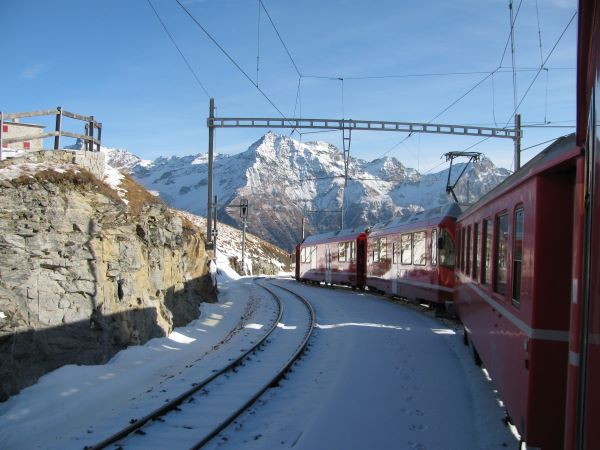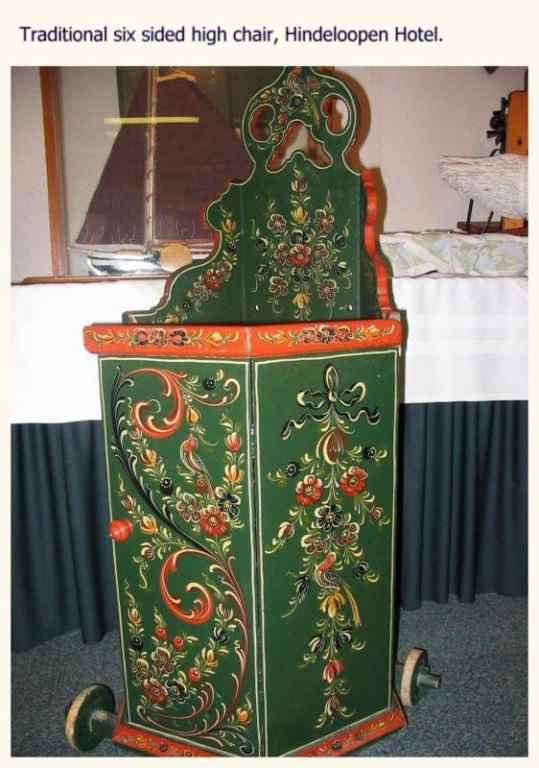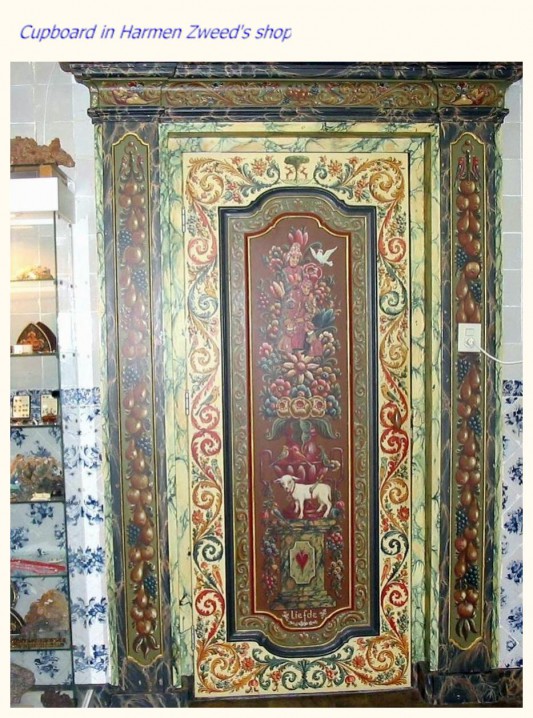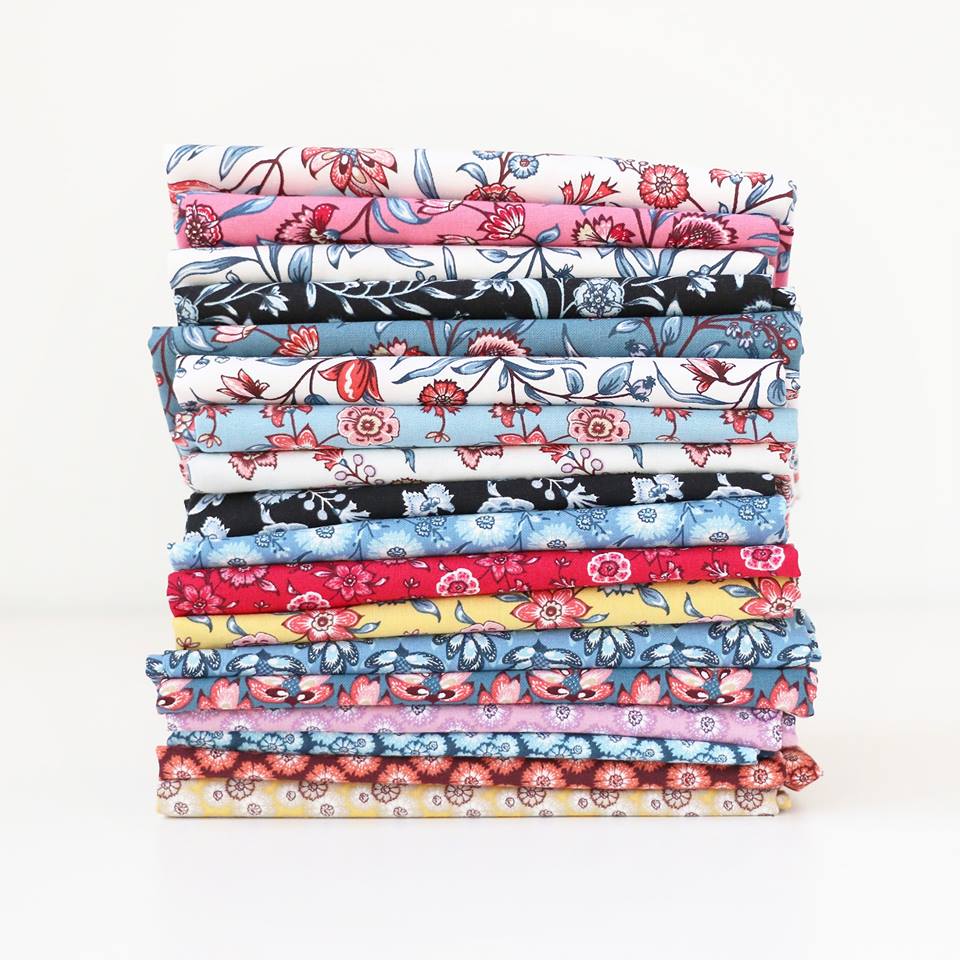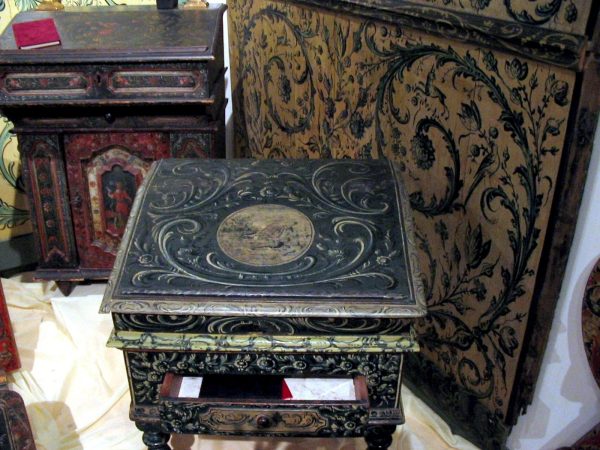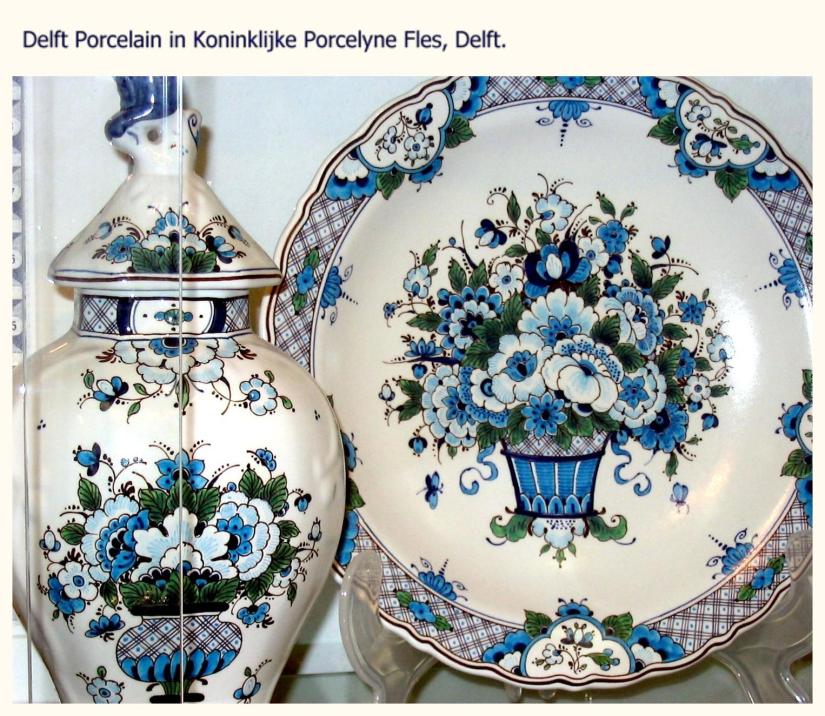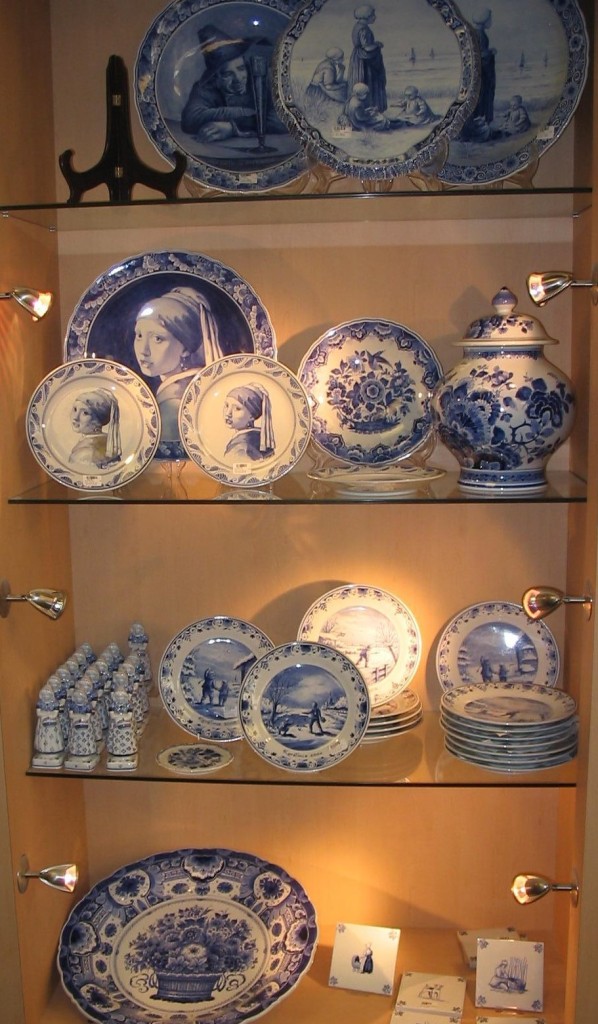I opt to travel by train if I can.
Not only is it easier on the body, but it’s also a great way to see the countryside from a different angle and meet some fascinating characters.

By and large, railway passengers enjoy chatting with others along the way or whilst waiting at a station. For a short time, it is as if there’s a bond between them, a camaraderie that you don’t find on a bus or plane.

Flåmsbåna looking up towards Myrdal 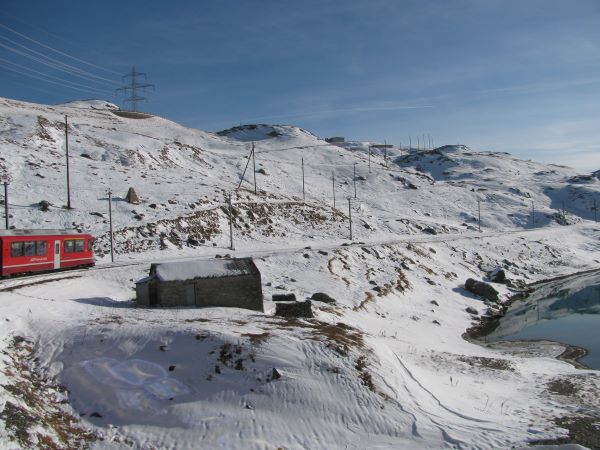
The Glacial Express 
Matsumato Japan – Nagoya
Travelling on Regional Trains
Whether it’s been travelling at lightning speed on the Shinkansen in Japan, seeing the eternal snow of Jotunheim, Norway, the stunningly picturesque Swiss Alps on the Glacial and Bernina Express, or zooming down a funicular in Poland, or Hong Kong, the experiences I have had travelling by train, have been unforgettable.
It is always a surprise who I meet.
I’ve received invitations from complete strangers to stay on a Norwegian train; I’ve giggled my way on a two-carriage Rail motor filled with very questionable smoke and ageing hippies bound for Sydney and I’ve crossed my fingers on a German fast train, while authorities detonated an unexploded WWII bomb nearby.
I have tried not to witness lewd liaisons across the train’s aisle travelling through Sweden; and I did walk quickly away from an elderly man who flashed his family jewels at me on the tracks to Brisbane, (they were unimpressive, I have to say); each journey so different and unique. There is always something to see outside the window.
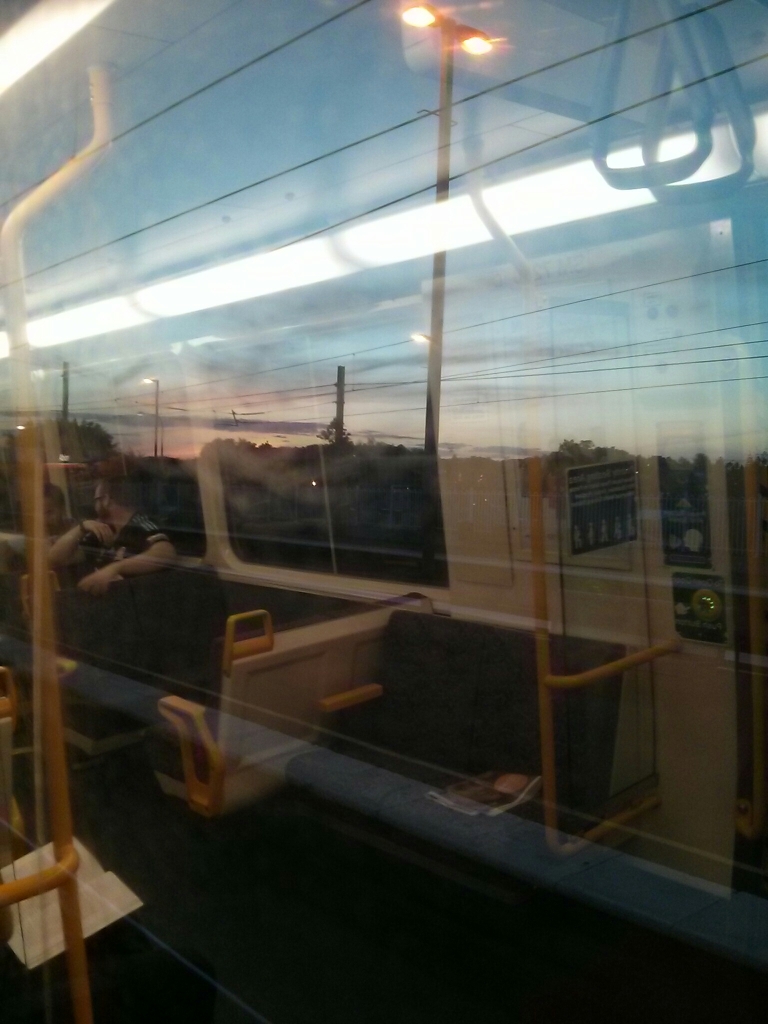
A friend met her husband to be on a train 12,000 miles from her home.
And in the remotely populated North-Western regions of the Netherlands, I met a Dutch-born Frisian artist who’d immigrated to Australia after W.W.II. Like so many other railway passengers, he had a fascinating story to tell.
The Netherlands Train from Amsterdam to Hindeloopen
I was en route to the small village of Hindeloopen, and his destination, the town of Leeuwarden was a two-hour journey away. We had plenty of time to become acquainted.
He told of old seafaring legends and folk tales and explained how each village in Friesland had over the years, developed art forms specific to each village. Workum specialised in Earthenware, Hindeloopen in costumes and painting, Makkum in pottery, and Leeuwarden in tiles.
The legends he had learned from his grandparents about the once flourishing villages had me transfixed.
Here is one:
Legends from the Sea – a Dutch Folk Tale
A Sea Captain from Stavoren, (a village in the North of The Netherlands, close to Hindeloopen), wanted to impress a pretty girl from his village.
Whenever the sailor returned home from his journeys to the Far East, he’d bring the lady exotic gifts from his travels. In return for his generosity, she promised to marry the Captain, should he be able to bring her something new and unique when he returned home from the next voyage.
Searching far and wide, the Sea Captain found a grain, the colour of pure gold. So confident was he that this would impress the lady back home, he filled his ship to the brim with the golden grain, and returned triumphantly home, ready to claim her hand in marriage.
Unfortunately, the pretty lady rejected his gift and still refused to marry him.
The sailor was sad, so sad it is said, that he emptied all the ‘golden grain’ into the town’s harbour, causing the harbour of the town of Stavoren, to silt up. As a consequence, the various trading ships were no longer able to moor in the harbour, Stavoren’s economy suffered and the resident’s prosperity declined. The legend has it that the pretty girl died penniless, and of course, without the sailor by her side.
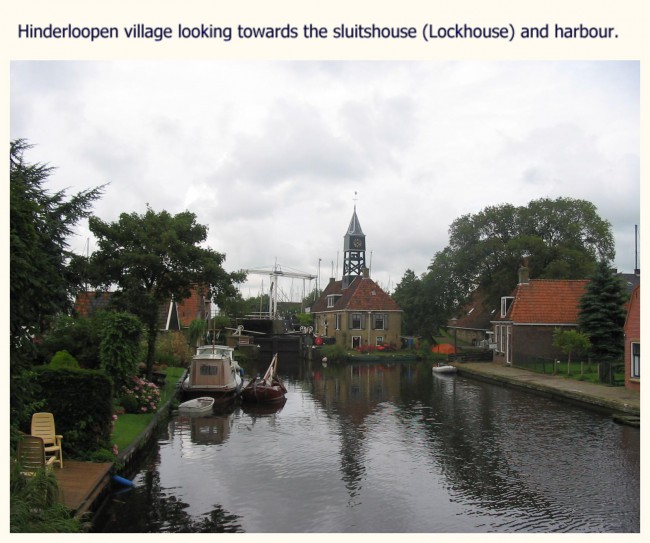
The tale highlights the unpredictable life and fluctuating prospects of the maritime villages of the former Zuiderzee and the citizens’ attempts to explain the rollercoaster of misfortune. To me, the underlying moral has timeless merit. And – I heard it on the train.
Friendly Friday Challenge Prompt: Trains, Tales and Tall Stories
Do you have a favourite train journey?
Do you have a tall story, a folk tale or photographs of a train journey that you would like to feature in a Friendly Friday Challenge post on your blog?
For the next two weeks, construct a blog post with photographs, stories or verse on today’s prompt, tagging it ‘Friendly Friday – Trains, Tales and Tall Stories.’
Pingback to my blog in your post. Then post the published URL in a comment here, on this post, as ping-backs don’t work from every blog site.
See how you can join in.
Friendly Friday Prompts are released every two weeks. Head over to Sarah’s and Sandy’s blog for more prompts.




